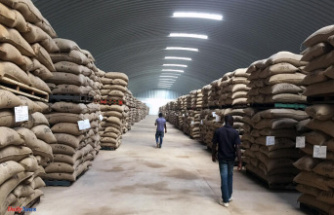Unfortunately, any increase in these figures is also accompanied by an increase in the number of denial-of-service attacks and thefts of sensitive data from legitimate organisations by nefarious hackers, especially within the financial sector.
At the outset of this discussion, it is fascinating, yet alarming to note, that according to Nick Ismail of Informationage.com, financial sector vulnerabilities have increased by over 400% since 2013. These are staggering statistics, and they highlight the significance of ensuring that hackers are kept out of financial software applications.
Therefore, the question that needs to be asked and answered is what must financial institutions do to prevent hacks and attacks by hackers?
Financial Security vulnerabilities
Webopedia.com states that a security vulnerability is a “unintended flaw in software code or a system that leaves it open to the potential for exploitation in the form of unauthorised access or malicious behaviours such as viruses, worms, Trojan horses and other forms of malware,”
Not only financial applications, but software applications across the board as well, often have security weaknesses or vulnerabilities embedded within the application itself. This is the nature of application software development; therefore, the application life cycle needs to include a continual cycle of testing to ensure that all of the bugs and vulnerabilities are fixed.
Securing Application Systems
One of the most prominent attacks on financial application systems, including online banking, is a Denial-of-Service (DoS) attack. Succinctly stated, this is when a hacker breaks into a website with the aim of preventing legitimate users from accessing the site. This will bring the site down until security experts have expelled the hacker and blocked the site’s entry points.
A typical DoS scenario might be where a hacker brings down an online banking site to prevent the bank’s clients from transacting online. If the online site stays offline for any length of time, the bank runs the risk of losing clients and ultimately going out of business.
Therefore, it is clear that the site needs to be protected from DoS attacks while allowing clients from all over the world to access their online banking services.
The best way to do this is to install and configure a web application firewall, preferably one that also offers DDoS protection. In short, a firewall is a network security application (hardware and software) that is designed to protect the web application software that is hosted behind the firewall. It is configured based on a set of security rules to keep hackers out and allow clients in.
Final thoughts
It is also crucial to remember that as network security and firewall application technology improve, the hacker’s ability to break through a firewall also increases. That’s why it’s important that financial application security experts will work consistently at improving security protocols and technologies to ensure their client’s continued safety, especially when it comes to such delicate procedures as online transactions. Date Of Update: 18 December 2018, 14:04











